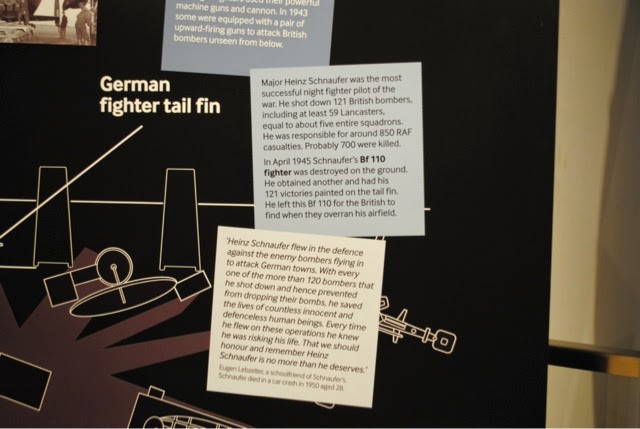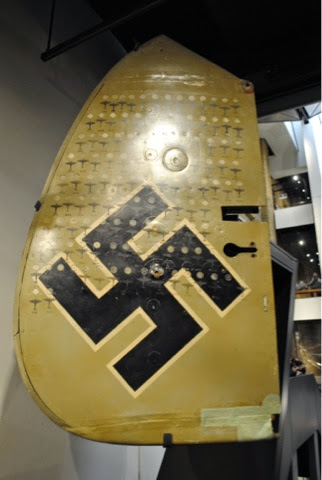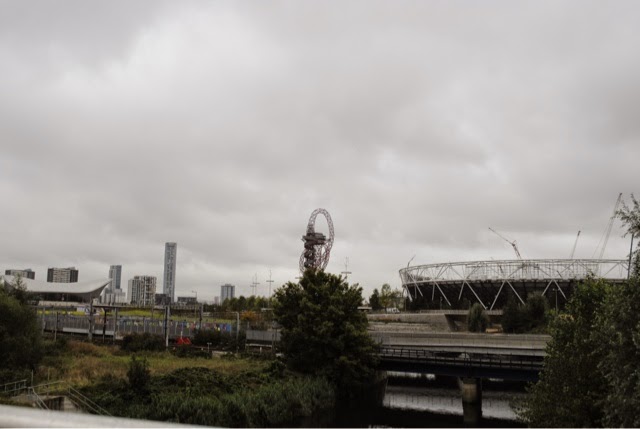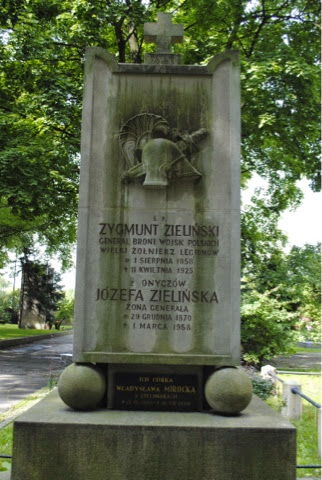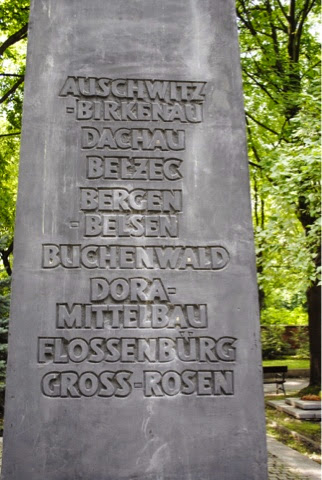Here is a side view of the Parliament building through the fence. It is across the street from St. Margaret's Church and Westminster Abbey.
I attended a "second reading" of a bill in the House of Commons. The topic was pensions for retirees.
It was a rather difficult subject to follow as I am unfamiliar with their current pension plans. This bill's purpose is to introduce reforms to the pension system. It is sponsored by the majority party, the Conservatives. The Opposition Party (the Coalition) had a lot of issues with the proposed bill. There are many things left out of the bill in their opinion. The main concern is that the current pension system does not work well. It was based on people investing in low interest annuities, whose potential for growth was abysmal. The government left it wide open for people to choose annuities. Most were uninformed about which ones were the best. Not much guidance in choosing the right annuities. It is a very complex market. Most just ended up choosing annuities by default.
Lots of statistics and trends were mentioned, including the average "pension pot" for retirees was only 17,700 £ (hardly enough to cover people through old age). The worry is then a drain on the public funds for poverty assistance. The worries are much the same as in the US. People are not saving up enough money for retirement. Many start saving too late. Some don't save at all. There is the concern that people will access their pension at the earliest age possible and then spend it to pay off acquired debts. There won't be much money left for living expenses.
A Scottish expert in the financial market spoke about the complexity of annuities and the need for having "trustees" (financial advisors) set up who can help decipher the investment options for retirement funds. These trustees should be available to help many times and not for just a 30 minute session to decide which funds are best. These trustees should also be regulated (not stated clearly how in this proposed bill) for quality of assistance.
An interesting comment by one of the members on the floor was that people need to think more about what kind of lifestyle they want to have in retirement and then figure out much money will be needed to accomplish that. Too often people think of a lump sum of money as the target amount. That may not be enough to sustain the lifestyle they want.
In short the current proposed bill seems rather vague on some issues and does not address other issues it should. The minister (not sure which one) is involved in this bill and will guide its passage when time comes for a vote.
There were some acronyms bandied about. Not sure what they represent (DC, DB, CDC).
The procedure for watching a debate is to show up at the Cromwell Green Visitors Entrance across from St. Margaret's Church. I arrived well before the session started in late morning. I was told to come back later (around mid afternoon) as those with tickets would be let in first. Around 2:30 pm I returned and got in no problem. There was a security check and a room to leave your bags. No photography or cell phones.
At this session there were few members attending. It was only the second day they were back in session. Members came in and out of the session. The deputy speaker changed often. It appears they were on shifts. There were several men in the middle of the floor (clerks) in wigs. Most of the time members were giving speeches. There was a little back and forth debating and some standing up in agreement of a colleague. Overall it was pretty mild. There were 6 people seated on a bench in the back. Perhaps they were transcribers of the session. They kept handing papers to various members. I was surprised that members were carrying on private conversations during speeches.
We the people sat in the gallery. The session was miked and televised.
While waiting to go upstairs to the gallery, a bunch of us were seated on benches in St. Stephen's Hall. It stands in the site of the former St. Stephen's Chapel, where the royals worshipped here at the Palace of Westminster. The place served as a chapel through part of Henry VIII's rule. It burned down during his reign. Parliament business remained in the adjacent building. The chapel was rebuilt at some point. It burned down again in 1834. The current hall is neo-Gothic in design, built during Queen Victoria's reign. Early on in 1550 the chapel was converted to a debating chamber for the House of Commons. In this hall King Charles the 1st attempted to arrest 5 MPs, a trigger for a civil war between Parliament and the Crown in the mid 17th century.
Here is a photo of the inside of St. Stephen's Hall. The statues are of famous statesmen.
Westminster Hall, the oldest room in the palace, was completed in 1099. It hosted state events (royal public statements, impeachments, kings and queens lying in state) and feasts (coronation banquets).
There are brass plaques on the floor commemorating events such as Sir Thomas More's condemnation to death, trials of Guy Fawkes and King Charles the 1st, the lying in state of King George V and VI, Queen Mary, Queen Elizabeth the queen mother (2002) and Winston Churchill. Coronation banquets for kings from Richard I in 1189 to George IV in 1821 were held here.
Look up at the ceiling. There is a medieval timber ceiling from 1399 (under Richard II). It replaced an earlier timber roof.
This Westminster Hall and the Jewel Tower survived the 1834 fire. Everything else had to be rebuilt.
There is an "Explore Westminster Hall" app that was advertised. I would like to find that.
I know there are tours available for these buildings. I am not sure if you can do a self-guided tour.
The official brochure about Parliament states that the Palace of Westminster (this whole complex) has been a royal palace for 1,000 years and home to Parliament for 500. It was home to Kings and Queens. As Parliament became more active, politicians met here. It was granted to them as Parliament 's home in 1550. As mentioned earlier, starting in 1550 they met in the chapel. Later they moved buildings.
I highly recommend a visit here. The buildings are beautiful. The sessions are interesting if you have never seen on of them. They can be a bit long winded though. Parliament is on recess in the summer until Sept. 1. Check the parliament website for info in visiting.





